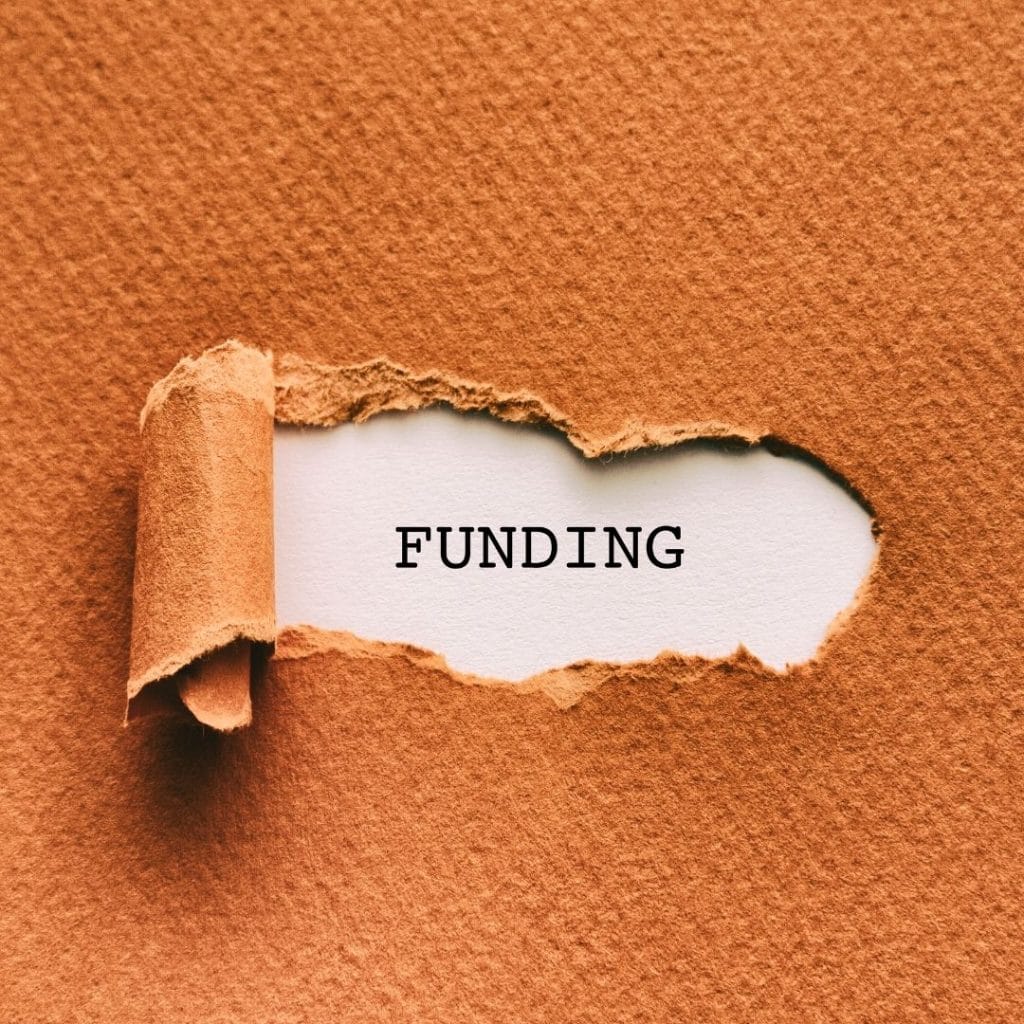So, you’ve completed an application for a grant or loan and been approved for government funding! All this excitement leaves you with an important question “When do I get my money?” This is, understandably, one of the most common questions that government funding applicants ask.
This question may seem simple, but the answer is usually complicated and depends on many factors. This article will outline common factors that come into play with government funding and what timelines your organization can expect for grant or loan payments, as well as critical components to consider for keeping costs eligible.
What Makes an Expense “Eligible” for Funding?
It is important to understand eligible costs and what they mean for your business. Government programs do not offer money to just anyone, they are vehicles for funding specific expenses and activities that can achieve a specific impact. For example, a funding program might be geared towards helping Canadian companies afford artificial intelligence skills for employees or provide funding for food and beverage companies that want to automate food production processes.
There are a broad range of programs which aim to achieve a broad range of outcomes and, therefore, have a broad range of eligible costs. Each program has a list of eligible expenses that make up an overall project budget. Your projects expenses might not be eligible for specific funding. Therefore, the applicant may be expected to cover these ineligible costs or find alternative funding programs to cover these elements.
Programs may only cover a portion of eligible costs, such as 25% of costs. Others might even have limits on funding dollars towards specific funding categories or overall funding limits per project. Proactive funding applicants are expected to cover the entire costs of expenses before being reimbursed by the funding body.
Share on facebook
Share on linkedin
Share on email
Share on twitter
What Types of Government Funding are There?
There are two types of government funding commonly identified as “retroactive funding” and “proactive funding.”
Retroactive Funding
Retroactive funding programs help compensate businesses and organizations for projects that have already been completed or have begun to yield results. Applicants will apply after carrying out the fundable activities. Retroactive funding programs are commonly designed as tax incentive programs which will incentives or encourage economic behaviour by giving favourable tax benefits, such as reduced tax payments, to a company that has contributed in a meaningful way to a program’s intended objective.
Proactive Funding
Proactive funding programs are the opposite. They help businesses and organizations fund a future project. These programs support planned projects by allowing them to improve in scope, speed, or scale. Proactive funds are typically grants, incentives, or repayable funding.
Common restrictions for proactive funding include not being able to incur project expenses until you submit your application, have been formally approved for funding, or signed a funding contribution that specifies expense timelines.
Therefore, successful applicants should understand that reimbursement timelines depend on the program. Also, once a company is successful in their application, they must ensure that they are spending their funding allotment on relevant costs to the program that allocated the winnings. This is because the Canadian government ensures the awarded grant or loan is spent on what it should be through a contribution agreement.
Funding Contribution Agreements & Expense Reporting
Government funding programs require applicants to agree with and sign a “contribution agreement”. These documents clearly outline the terms of a grant or loan transfer and the obligations and requirements for both the funding body and the recipient.
Contribution agreements are very detailed, so we will keep this review high level, though we recommend readers view this comprehensive contribution agreement article.
“The Organization shall be responsible and accountable for the procurement of goods, equipment and services for the project and shall respect the principles of transparency, integrity, competition, fairness and value for money.”
-Government of Canada, Contribution Agreement – General Terms and Conditions
Typically, approved applicants are expected to complete reporting obligations, which outline project, expense, and impact progression. Applicants can expect the process to look like this:
- Applicants submit their applications for a pre-determined initiative which outlines the purpose, goals, and milestones of the project;
- Applicants are approved for their project and sign a contribution agreement document which key funding and project details and obligations;
- Reimbursement details and timelines are clarified in the contribution agreement, which is signed by all involved applicant and recipient parties; and
- Applicants commence their project and provide detailed outlines of their expense reports to the funding body who then issues reimbursements based on agreed upon timelines (eg. After proof of purchase, at key milestones, percentage reimbursement evenly split throughout the project’s duration).
It’s important to understand that your government funding allotment will be influenced by the type of funding you’re secure. When in doubt, contact the funding agency directly to determine reimbursement timelines before applying.
STay up to date on the changing face of business
Understanding Reimbursement Timelines
A reimbursement timeline is a reference to the allotted schedule which a programs’ payout or benefits (such as tax credits) will follow. There are many different ways reimbursement timelines can be outlined, which often reflect the nature of the programs’ goals:
- A percentage upfront: Some programs provide a percentage of eligible expenses upfront;
- Periodic payouts: Some programs make periodic payouts throughout a time period, such as during the summer for a summer intern;
- Project milestones: Some programs provide support once a project has reached a pre-determined milestone; and
- Dispersed funding: Programs may be designed to disperse funding by breaking the amount into payment percentages, such as 30% upfront, 20% at a predetermined date, and the remaining 50% upon project completion.
- Funding holdbacks: Some funding agencies will wait until project impacts, reporting, or obligations are complete before remaining funds are issued.
These examples outline what program payments may look like, though each program provides their own unique stipulations. It is important to speak with a government funding professional before submitting your application.
Get Started with Government Funding
Although, this review covers a lot, it is important to note that the world of government funding is complex. Please speak with a government funding professional to learn how your business may benefit from funding programs.
We also suggest you visit this comprehensive government funding resource page which provides helpful resources. To read more articles about government funding, business strategy, and funding success stories in Canada, readers will love this full-scope news channel.
Mentor Works is a business support organization specializing in Canadian government funding. The Ontario-based business has helped hundreds of businesses build and execute their funding strategy through a mix of federal and provincial government grants, loans, and tax credits. Mentor Works offers free online resources, funding webinars, and news via their website at www.mentorworks.ca.
Author: Nathan Chick




